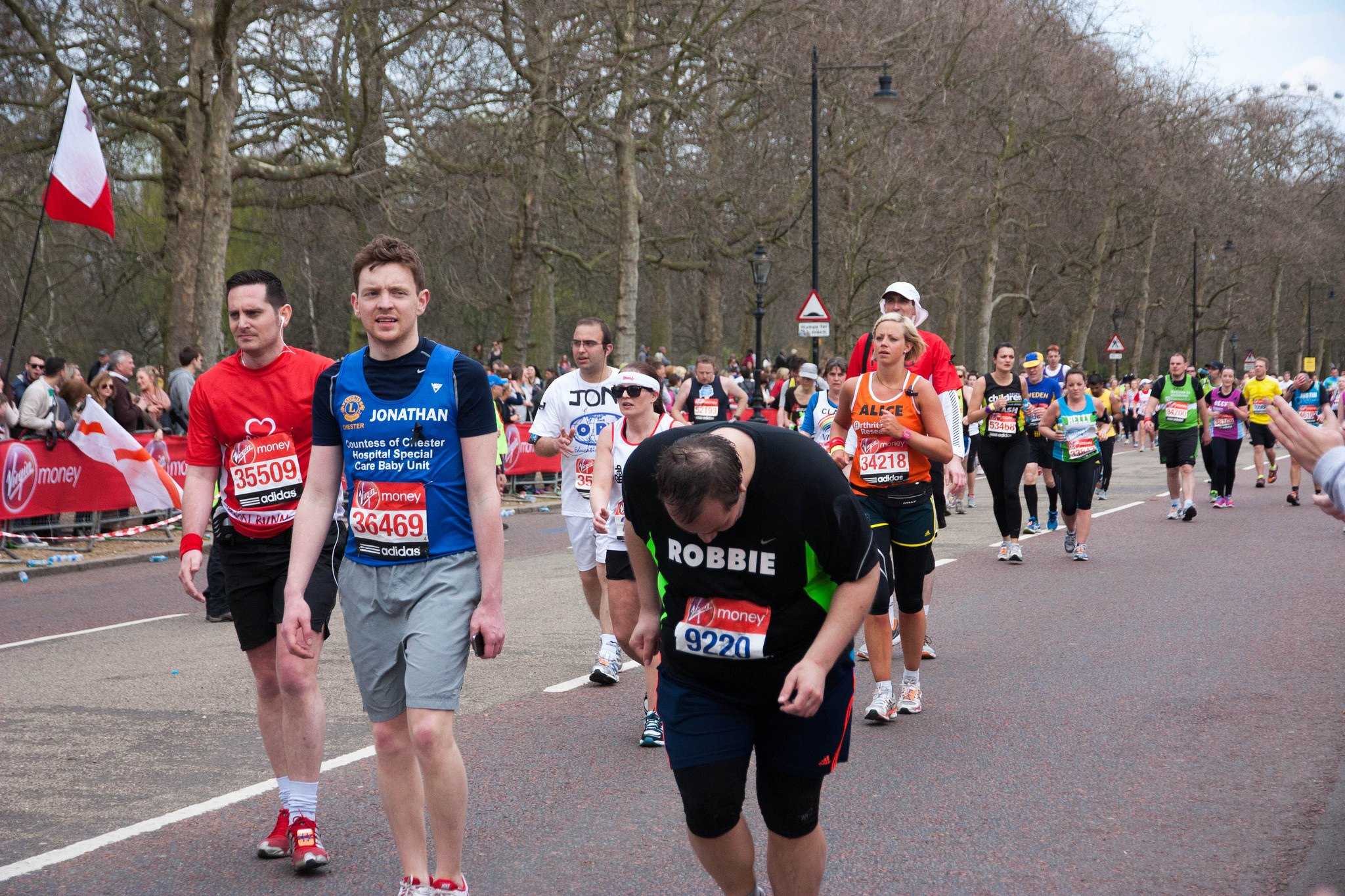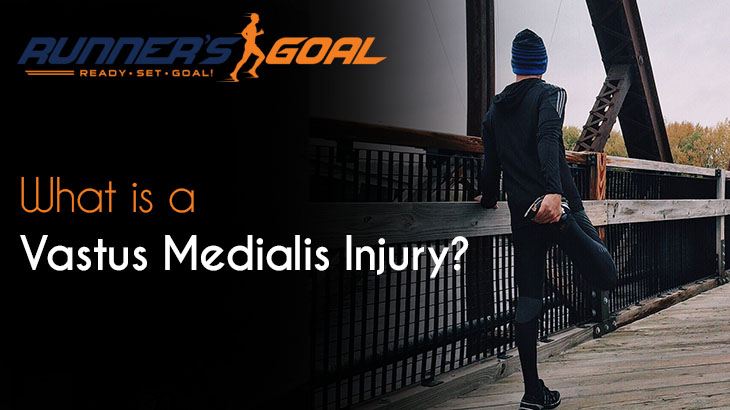Running and injuries sometimes go hand and hand. It’s just a part of the sport. A vastus medialis injury is one of the more uncommon types of running injuries.
Anyone that has been running for a while has probably had an injury of some kind. Most of us have probably experienced the more common running injuries, but how many of us are familiar with more unusual injuries? Have you ever heard of a vastus medialis injury?
What is the Vastus Medialis?
The vastus medialis muscle is a part of the quadriceps muscle group. This group is located on the front of your thigh. The vastus medialis is the innermost muscle and it runs the entire length of the thigh and attaches the knee to the shin. The part of the muscle that is just above the knee is sometimes called the vastus medialis obliquus (VMO).
The VMO muscle is what controls the movement that straightens your leg at the knee. It is also used to stabilize the kneecap. This muscle is a hard one to strengthen and can often be a source of weakness for your knee.
How does an injury occur?
Injuries can occur because of running, running stairs, or using step masters. Since the vastus medialis is used to stabilize the kneecap, a weak one can cause severe knee pain.
While you can strain this muscle and cause pain, there are more serious injuries that a weak vastus medialis will cause.
1. Runner’s Knee
This is pain on the front of your knee and around your kneecap. Activities, like running, walking up or down stairs, squatting, or even sitting for long periods of time, will make the pain increase.
Runner’s knee is treated with rest and ice, or in some cases, physical therapy is needed.
2. Floating Patella
The patella is your kneecap. A floating patella can cause your kneecap to be completely out of place.
This also causes pain in the front of the knee which worsens when you squat, jump, kneel or use stairs. In addition, if will feel as if your knee is grinding or popping when you straighten it. You will feel as if your knee is “buckling”.
This injury needs to be treated by a medical professional immediately.

3. Anterior Cruciate Ligament (ACL) sprain or tear or torn meniscus (MCL)
A weak VMO can contribute to an ACL or MCL injury, which in turn could result in surgery.
Both of these injuries will cause severe pain and swelling around your knee. Your knee will feel weak and unstable like it can’t hold your weight.
With both of these injuries, you need to be evaluated immediately by a medical professional.
How to Strengthen Your Vastus Medialis
Fortunately, there are many ways that you can strengthen your VMO muscle. You may already do may of these if you add strength training into your workout routine. Try some of these moves to help strengthen your vastus medialis and ultimately prevent injury.
- Squats
- Lunges
- Wall Sit – Put your back against a wall and slide down until your knees are at a right angle, hold for 30 seconds.
- Place a large ball between your knees and squeeze it – hold for 5 seconds. Do 20 reps.
- Knee Extensions – Sit on the ground with a foam roller underneath your knees. Extend your knee by flexing your quad muscle. Do one knee at a time. Hold for 10 seconds – repeat 10 times.
- Step ups – Stand in front of a chair or step and step up while contracting your quads. Repeat 10 times on each leg.
While a vastus medialis injury can be severe enough to sideline you, there are many ways that you can prevent that from happening. Add in some of these strengthening moves to your weekly regimen to make sure that you avoid an injury.
If you do feel pain in your knee, make sure to rest and ice it. If the pain persists or is severe, call a doctor.
A strong vastus medialis will not only help you avoid injuries, but it will also help you to be a stronger runner.

